Ask Ethan: What Is The Science Behind Wearing A Mask?

At a very simple level, it’s nothing but physics. Here’s why you should care.
It’s not very often that a physics problem becomes a politicized issue, but that’s exactly what’s happened when it comes to the science of wearing a mask during the current coronavirus pandemic. Viruses are tiny particles; if you’re infected, they exist within your body. Every time you breathe out, speak, sing, sneeze, cough, or otherwise exhale, some of those particles can escape along with the droplets that leave your body. A mask serves as a barrier, capturing a fraction of those droplets, while slowing the motion of the remaining ones that get through. But how effective are they, and what’s the full science behind them? That’s what Patreon supporter Josiah Wolf wants to know, asking:
I’d love for you to really break down mask science. How effective they are from bandanas through proper respirators. How particles are slowed down and can’t travel as far and how [viruses] and bacteria attach to moisture particles. What really happens to the stuff that comes out of your mouth with and without a mask? There is so much controversy and misinformation on social media.
There sure is. Let’s break it down.

Let’s start with a very simple experiment that we’ve all performed if we’ve ever experienced cold weather: the act of seeing your own breath when you exhale. Your breath comes from inside your body, where it’s close to your own core temperature: 37 °C (98.6 °F). Your breath contains a mix of various gases, dominated by nitrogen, oxygen, carbon dioxide, and water vapor.
That last one is extremely important for two reasons. First, when you breathe out in the cold, the gases you exhaled begin to come into contact with the environment, causing them to rapidly cool. When water vapor cools below a certain threshold — the dew point — it changes phase from gas to liquid, enabling you to see it. But the second reason is vital for understanding viral transmission: water droplets enable the transmission of virus particles from one person to another.
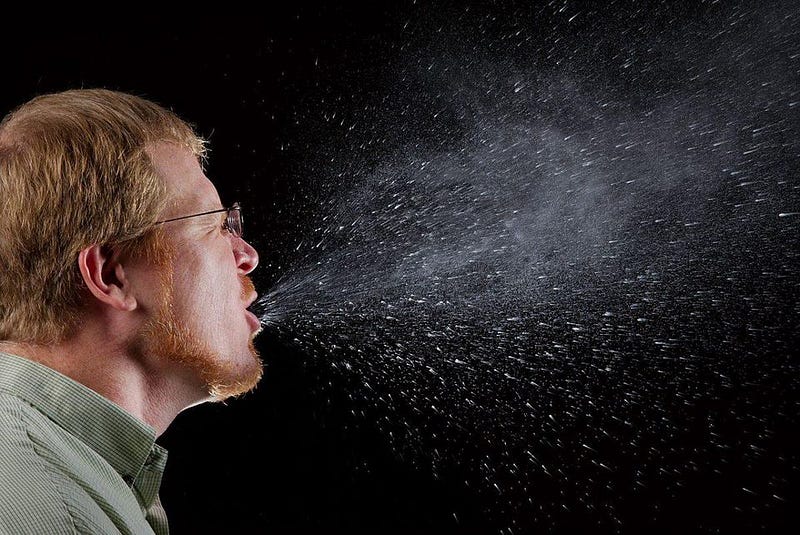
To go onto the next step, we have to understand a little bit of biology. Your body has defenses against potentially infectious pathogens, and those defenses are always in place. Each virus particle that contacts your body tries to make its way inside you, where it has only one goal: to hijack one of your cells and to use it to reproduce itself. If the virus is successful on this front, your body will generate an immune response specifically to fight it off. At this point, you’re now infected, and your immune system is fighting for your life.
But it’s not true that infection is likely to occur if even one virus particle makes it to you; that’s a myth. Although it’s not entirely impossible, your risk of contracting a virus like SARS-CoV-2 is dependent on your total exposure: the number of virus particles that you come into contact with over a period of time. It’s why physical distancing, being outdoors, hand washing, and not touching your face (especially your eyes, nose, mouth and ears) are such effective interventions: they reduce your exposure to the virus.
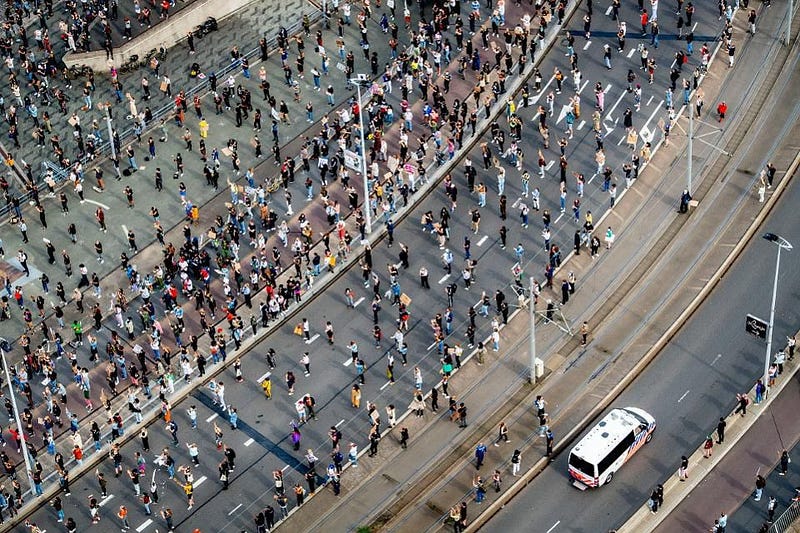
It’s also the idea behind wearing a mask. The entire purpose of wearing a mask is to reduce the viral load that you’re likely to transmit to and receive from another person. The leading scientific theory is that the droplets created when we cough, sneeze, sing, talk, etc., are the top way that the novel coronavirus spreads from person to person. It’s currently being studied whether other mechanisms, such as aerosol particles, can transmit the virus as well.
Although the World Health Organization has stated that these droplets can travel up to 1 meter (3.3 feet), studies all support the notion that droplets travel much farther than that. Researchers at MIT found that droplets expelled by an infected individual can travel as far as 8 meters (26 feet), and the largest meta-analysis of COVID-19 transmission found that continuing to increase your physical distance by each additional 1 meter significantly reduced the infection rate.

The ideal mask situation would be if you were able to place something over your mouth and nose that were so effective, it blocked 100% of the droplets, 100% of the virus particles, but still allowed gases like oxygen, carbon dioxide, and nitrogen to be freely exchanged with the outside environment. Of course, that’s not realistic; droplets come in a wide variety of sizes and with a large range of velocities; some of them will get through as long as your mask isn’t airtight.
The N95 respirator masks are the standard in the healthcare industry: they are single-use and block approximately 95% of potentially infectious particles, including both large and small droplets. (Hence the name.) They are enormously helpful in maintaining a sterile environment, and are considered to provide adequate respiratory protection.
All other masks, such as cloth masks, bandanas, and even surgical masks, are not.
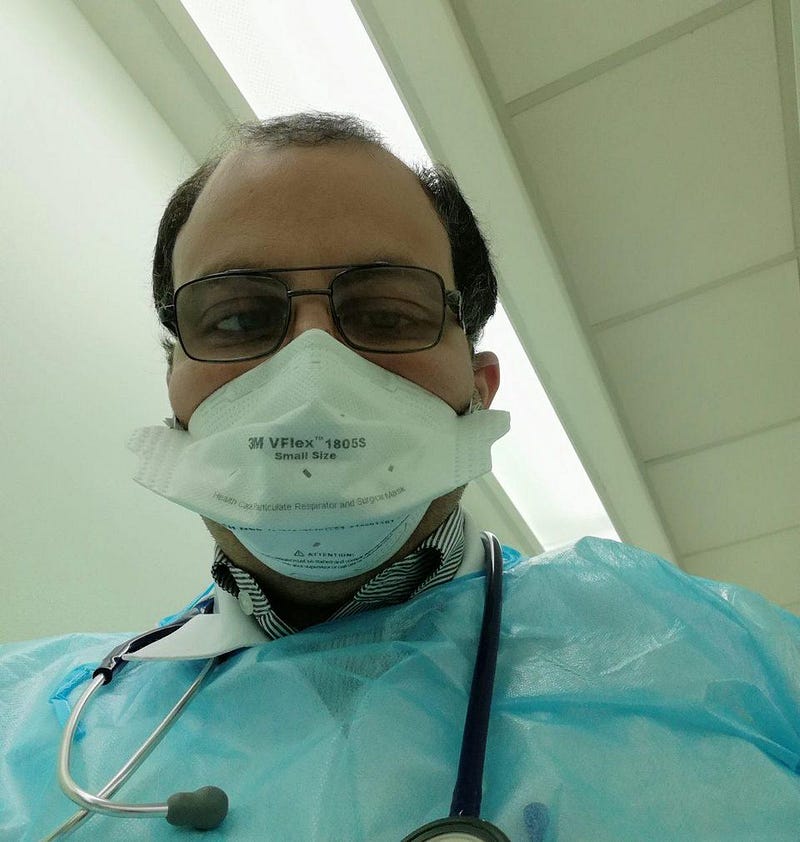
The efficacy of cloth masks in blocking droplet particles can vary wildly, with a single-layer cloth mask (similar to T-shirt fabric) blocking less than 10% of droplet particles, while tightly woven cotton could block up to 80% of particles. Although blocking more particles is better, the overwhelming conclusion is that all masks offer some level of protection in reducing viral load, and any protection is better than no protection at all.
Mechanical engineer Matthew Staymates, who works at NIST, used a high-speed camera to film himself coughing with and without a mask, testing a total of 26 types of cloth mask. His findings reached the following conclusions:
- even the simplest face coverings, such as bandanas or neck warmers, stopped much of your cough from landing on another person,
- a good seal around your nose, chin, and cheeks prevents your cough from leaking out,
- and that pulling your face covering below your nose removes the majority of the protective effects, both to yourself and others.
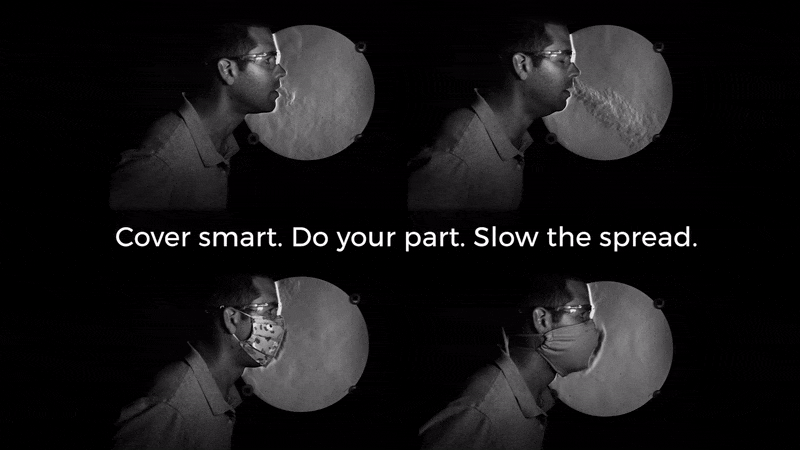
But arguably the most important finding from that study was this:
Another interesting observation was the impressive reduction in airflow velocity while talking with all the face coverings — a good thing considering that most people out in public should be talking far more than coughing.
Other studies bear this out in more detail, demonstrating that wearing masks does three important things. One, they reduce the total mass and volume of droplets put into the environment. Two, they reduce the distance that droplets travel and make physical distancing a much more effective preventative measure. And three, wearing a face mask always reduces the total droplet mass relative to not wearing a mask, due to a combination of mask filtration (especially of larger droplets) and droplet evaporation (which is more effective for smaller droplets).
Another independent study showed that an uncovered cough has its droplets travel an average distance of 8 feet, while wearing various masks reduced that distance by more than half in all cases, with the best masks reducing it all the way to a mere 2.5 inches (6.4 centimeters).
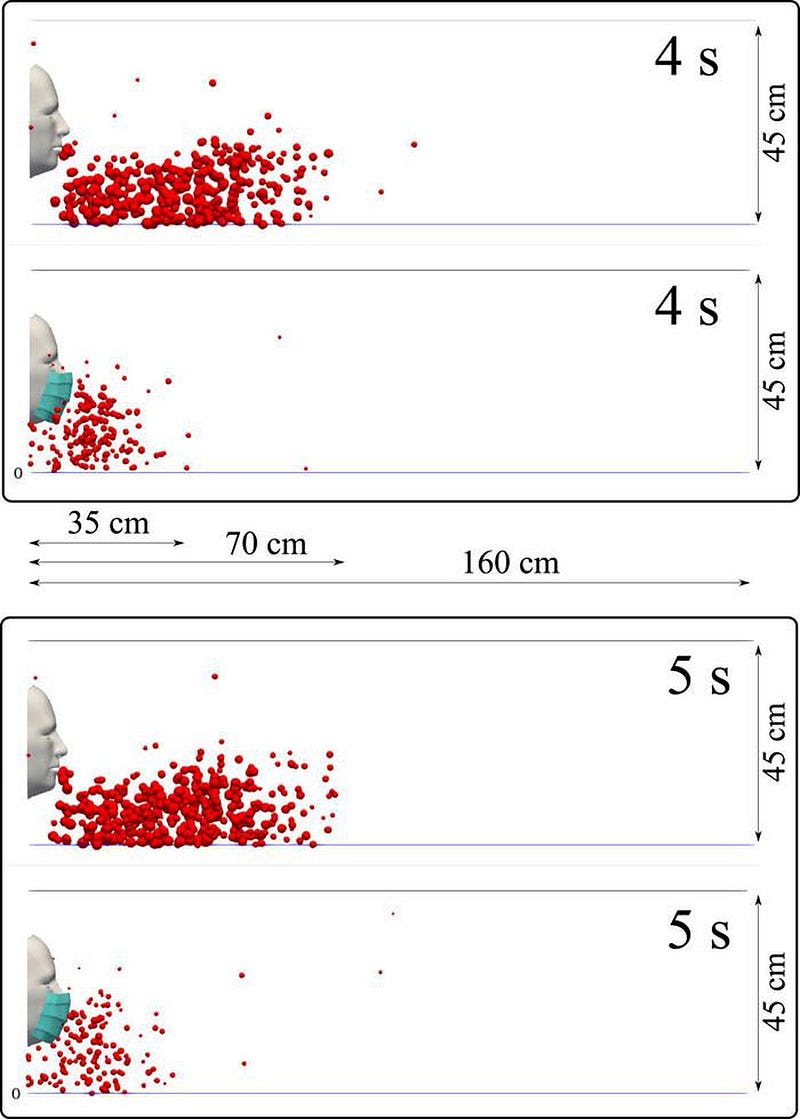
In 2015, there was a study performed that compared cloth masks versus standard medical masks: the first randomized controlled trial to do so. If you’ve heard the assertion that “cloth masks can increase the risk of infection,” this is the study it was based on, and it’s relative to medical masks, not to no mask at all. Although you can find a number of opinion pieces online that assert “this may increase the risk of infection,” there are (as of July 9, 2020) no studies that support those assertions. The keys that you must remember are:
- don’t touch your face mask while you’re wearing it,
- wash/sanitize your hands immediately if you do (especially before touching other surfaces),
- put it on/take it off by the ear loops,
- and wash your mask after each use.
The great danger of how a mask could increase transmission is by acting as a “gathering place” for a viral load, so it’s important to not bring that outer surface into contact with an individual’s eyes, nose, mouth, or ears.
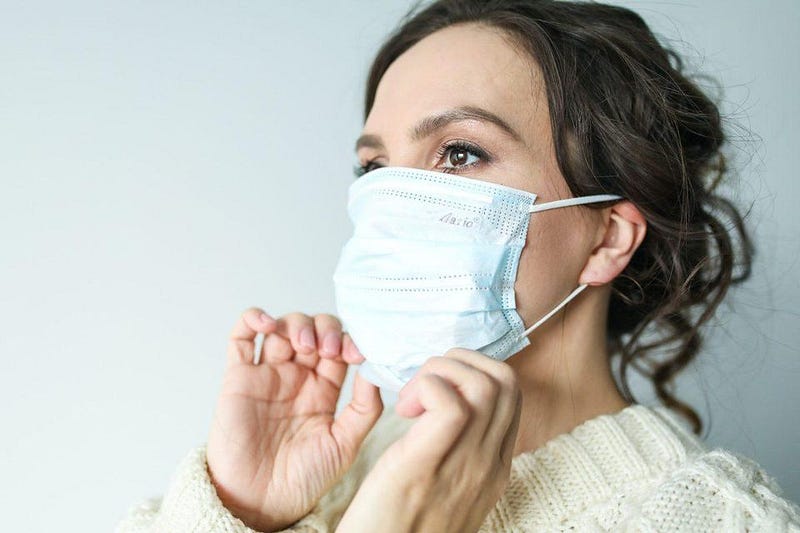
There’s also another dangerous myth: that asymptomatic people who have COVID-19 cannot transmit the virus to others. Although the World Health Organization declared this, they were explicit in stating that asymptomatic transmission may be rare, not that it doesn’t occur.
Furthermore, asymptomatic, as the WHO used it, referred to COVID-19 infected patients who never showed any signs of symptoms; it explicitly excludes pre-symptomatic individuals in the incubation phase, which numerous studies have found are responsible for many, and possibly even most, of COVID-19 infections.
Because we cannot, at present, know who has COVID-19 and who is at risk for transmitting it to others, wearing a mask whenever you leave your household and are in potential contact with those from other households is a strongly recommended public health measure.

Here’s the thing. We all want schools to open in the fall. We all want children to receive the quality education they can better receive from in-person instruction. We want teachers, parents, and everyone living in America to be able to return to their professions without putting themselves and their families at risk. We don’t want to force people to accept a cruel and inhumane choice: either place yourselves and your children in unsafe, potentially lethal conditions, or risk losing your job, your home, and your livelihood.
Part of the reason science exists is exactly for situations like this. The experts all agree that washing your hands, physically distancing, and wearing a mask whenever you’re out — along with only going out for essential errands and not remaining in closed, indoor spaces — is the best way to achieve a safe society given the current pandemic conditions. The science overwhelmingly supports this conclusion. The rest is up to us.
Send in your Ask Ethan questions to startswithabang at gmail dot com!
Ethan Siegel is the author of Beyond the Galaxy and Treknology. You can pre-order his third book, currently in development: the Encyclopaedia Cosmologica.




